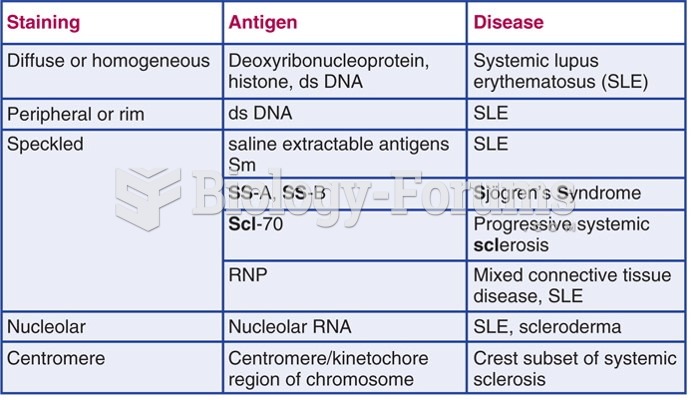Answer to Question 1
There is a link between age-related slowing of information processing and (1) initial encoding and recall of information and (2) long-term retention. The relationship between inspection time and intelligence may not be related to learning. In particular, there is a difference between initial recall and actual long-term learning. Initial recall performance is mediated by processing speed. Older, slower participants showed deficits. Longer-term retention of new information, preserved in older participants, is mediated by cognitive processes other than speed of processing. These processes include rehearsal strategies. Thus, speed of information processing may influence initial performance on recall and inspection time tasks, but speed is not related to long-term learning. Perhaps faster information processing aids participants in performance aspects of intelligence test tasks, rather than contributing to actual learning and intelligence. Clearly, this area requires more research to determine how information-processing speed relates to intelligence.
Answer to Question 2
Some investigators have proposed that intelligence can be understood in terms of speed of neuronal conduction. In other words, the smart person is someone whose neural circuits conduct information rapidly. When Arthur Jensen proposed this notion, direct measures of neural-conduction velocity were not readily available. So Jensen primarily studied a proposed proxy for measuring neural-processing speed. The proxy was choice reaction timethe time it takes to select one answer from among several possibilities.
Participants with higher IQs are faster than participants with lower IQs in their reaction time. In this particular version of the task, RT is defined as the time between when a light comes on and the finger leaves the home (central) button. In some studies, participants with higher IQs also showed a faster movement time (MT). MT is defined as the time between letting the finger leave the home button and hitting the button under the light. These findings may be due to increased central nerve-conduction velocity, although at present this proposal remains speculative.
Research indicates choice RT may be influenced by extraneous factors, including the number of response alternatives and the visual-scanning requirements of Jensen's apparatus. In this case, RT as measured would not be a result of speed of reaction time alone. In particular, manipulating the number of buttons and the size of the visual angle of the display (how much of the visual field it consumes) can reduce the correlation between IQ and reaction time. Thus, the relation between reaction time and intelligence is unclear.







